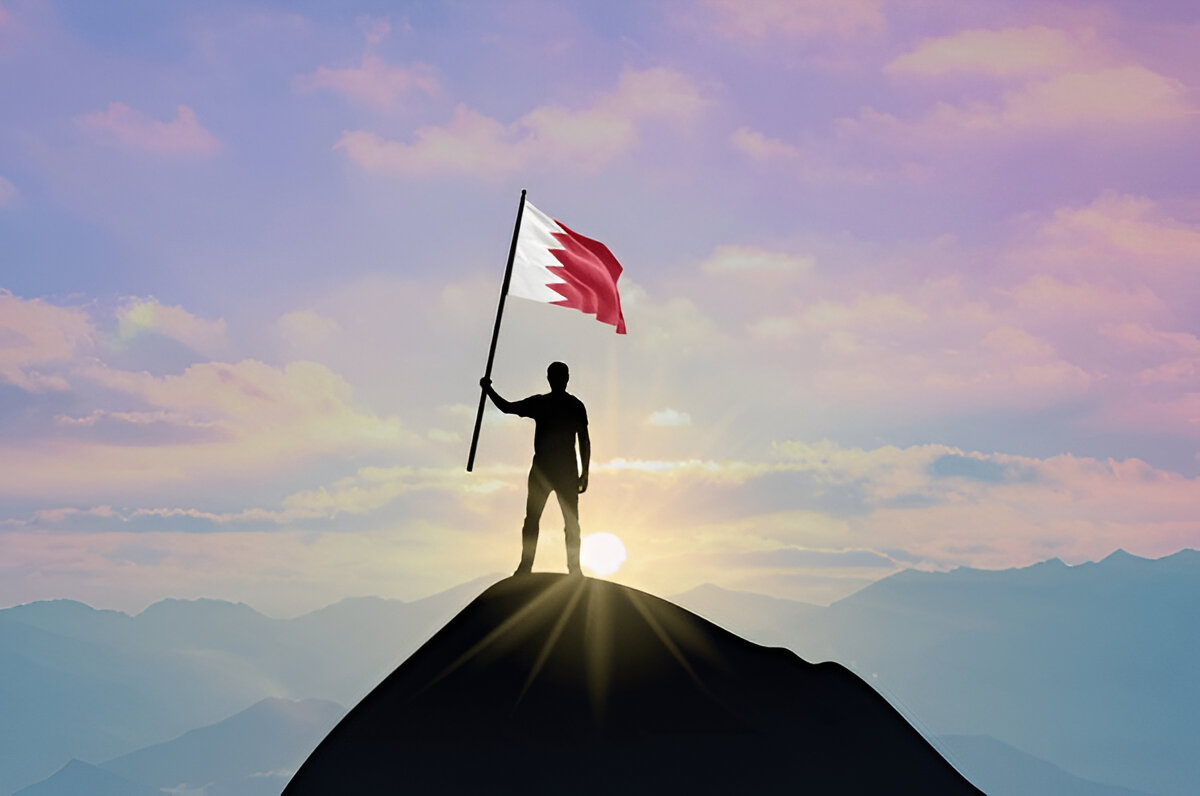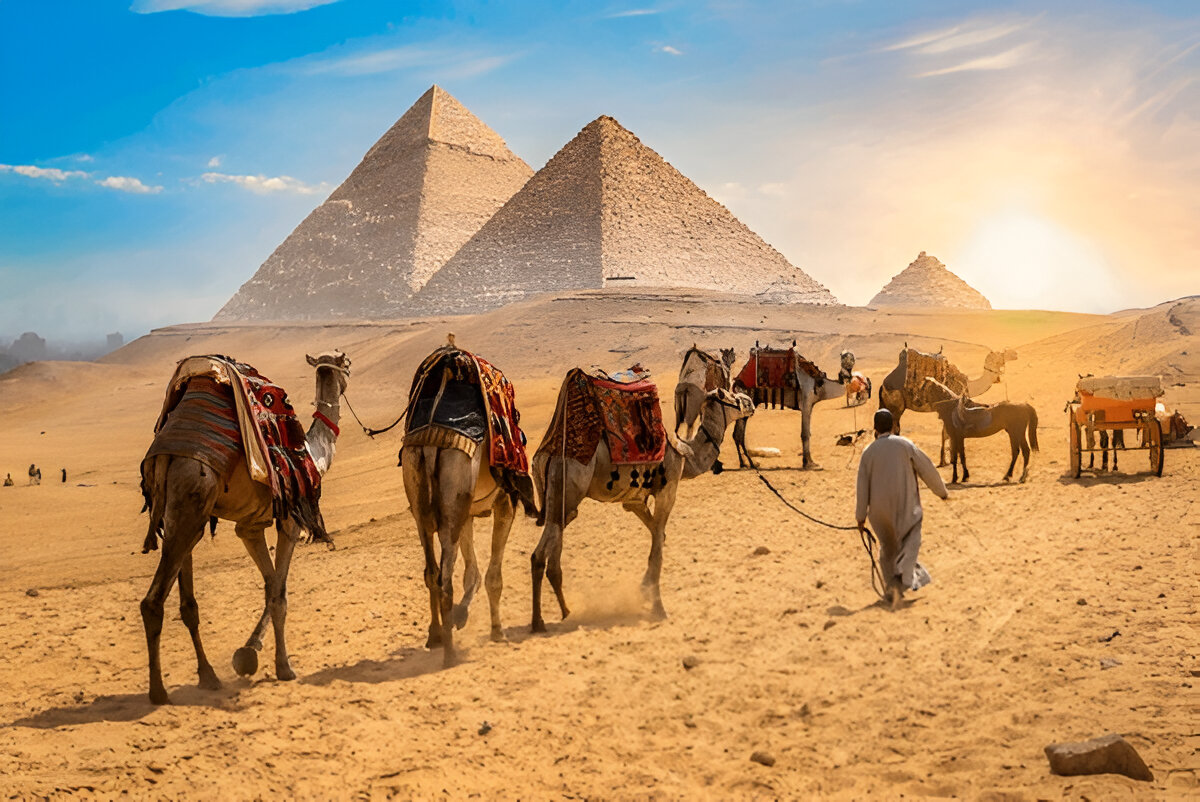Bahrain, a small island nation in the Persian Gulf, is a treasure trove of rich history and culture, with historical landmarks that span thousands of years. Despite its relatively small size, Bahrain holds a unique position in the annals of history, with stories woven from ancient civilisations, trade routes, and Islamic heritage. The island’s historical landmarks not only showcase the beauty of its architectural evolution but also offer glimpses into the lives and legacies of those who have shaped this fascinating land. From ancient burial mounds to grand mosques, Bahrain’s historical sites are windows to the past, each telling a distinct story that adds depth to our understanding of the region.
Qal’at al-Bahrain: A Testament to Ancient Civilisations
One of Bahrain’s most significant historical landmarks is Qal’at al-Bahrain, or the Bahrain Fort, which stands as a testament to the island’s ancient civilisation. This UNESCO World Heritage site is located on the northern coast of the island and dates back over 4,000 years, to the time of the Dilmun civilisation. The fort was built on top of a series of ancient settlements, offering a layered history that spans from the Dilmun period through to the Islamic era. Archaeologists have unearthed artefacts, pottery, and inscriptions that tell the story of Bahrain’s strategic importance as a trading hub in the ancient world.
The fort itself is a striking structure, with towering walls that once protected the inhabitants from invaders and provided a stronghold for the kingdom. Walking through the fort, visitors can explore its ancient chambers, remnants of defensive walls, and the impressive gateways that once led into the fortification. The view from the top is equally spectacular, offering a panoramic perspective of Bahrain’s coastline and its modern skyline, creating a juxtaposition of ancient and contemporary worlds.
The Bahrain National Museum: A Journey Through Time
Another important historical site is the Bahrain National Museum, which serves as the island’s primary museum and a rich repository of the country’s history and culture. Situated in the capital city of Manama, the museum’s exhibits trace Bahrain’s journey from the prehistoric era to the present day. With over 6,000 years of history on display, the museum allows visitors to experience the evolution of the island’s culture, art, and heritage through a variety of artefacts, from ancient pottery to Islamic calligraphy.
The museum celebrates Bahrain’s maritime history, highlighting its role as a hub for trade and commerce, especially during the Dilmun period. Visitors can see artifacts from the ancient Dilmun civilization and items from the Islamic era, providing a window into the island’s rich cultural exchange. The museum also showcases Bahrain’s relationship with the sea, particularly through its display of pearling tools and models of traditional dhows, which were once central to the island’s economy.
The Al Fateh Grand Mosque: A Glimpse of Islamic Architecture
The Al Fateh Grand Mosque, located in the heart of Manama, is one of the largest mosques in the world and a shining example of Islamic architecture in Bahrain. Opened in 1988, the mosque is named after Al Fateh, the ruler who founded Bahrain. With its stunning domes, minarets, and intricate mosaics that draw on traditional Islamic design principles, the mosque stands as a symbol of the country’s Islamic heritage.
Inside, visitors are greeted by an impressive prayer hall that can accommodate up to 7,000 worshippers, with beautiful Islamic calligraphy, colourful stained glass, and marble floors creating a serene and welcoming atmosphere. The mosque’s architecture is a blend of traditional Islamic styles with modern touches, reflecting Bahrain’s ability to embrace its cultural history while moving forward into the contemporary world. It is also one of the few mosques in Bahrain that allows non-Muslim visitors to enter and explore its grandeur, offering a unique opportunity to learn about Islamic faith and architecture.
The Burial Mounds of A’ali: Ancient Monuments of Mystery
One of Bahrain’s most mysterious historical landmarks is the A’ali Burial Mounds, which are believed to be the resting places of the ancient inhabitants of the island. Located in the village of A’ali, these burial mounds date back to around 2300 BCE and are part of the Dilmun civilisation. The site consists of over 170,000 burial mounds, each one varying in size and shape, some of which contain large stone sarcophagi, while others are smaller, individual graves.
The purpose and exact significance of the burial mounds remain somewhat of a mystery. However, it is believed that they were used for ritualistic purposes, possibly as part of a larger belief system that revolved around ancestor worship. These mounds are an important archaeological site that provides insight into the island’s early culture and practices. The scale and organisation of the mounds suggest that the people of the Dilmun civilisation were skilled in engineering and had a deep understanding of death and the afterlife.
Bab Al Bahrain: A Gateway to Bahrain’s Modern History
The Bab Al Bahrain (Gateway of Bahrain) is a historic landmark that marks the entrance to Manama’s traditional souq (marketplace). Originally built in 1949, this iconic structure symbolises Bahrain’s transition from its traditional past to a modern future. The gate itself is a fine example of conventional Bahraini architecture, with its white limestone walls and striking arches. It once served as the main entrance to the city’s commercial hub, where merchants and traders would gather to sell their goods.
Today, Bab Al Bahrain remains a vibrant part of Bahrain’s cultural and commercial life, and it’s a popular destination for visitors to explore the nearby souq. The souq is a bustling marketplace where visitors can shop for traditional Bahraini crafts, spices, and jewellery, offering a glimpse into the island’s deep-rooted trading history. The area around Bab Al Bahrain has become a vibrant cultural centre, blending the island’s rich heritage with the demands of modern commerce.
The Tree of Life: A Symbol of Resilience
A more unusual landmark, but no less significant, is the Tree of Life, located in the barren desert of Bahrain. Standing alone in the middle of the desert, this ancient mesquite tree has been a symbol of resilience for centuries. Despite the lack of any visible source of water, the tree has managed to survive in this harsh environment for over 400 years, thriving in a seemingly impossible place. The Tree of Life is often visited by locals and tourists alike, who come to witness its remarkable ability to endure.
The tree has become a symbol of Bahrain’s endurance and resilience, much like the island itself, which has weathered numerous challenges throughout history. It also adds a mystical quality to the island, as no one truly knows how the tree has survived for so long, further adding to its allure.
Conclusion
Bahrain’s historical landmarks are not just remnants of the past; they are living stories that continue to resonate with the present. Each site, whether it’s the ancient fort of Qal’at al-Bahrain or the serene halls of the Al Fateh Grand Mosque, offers a unique insight into the cultural, religious, and architectural evolution of the island. Visiting these landmarks is not only about exploring the physical sites; it’s about connecting with the stories that have shaped Bahrain’s identity and the people who have called this island home for millennia. In every stone, every arch, and every mound, Bahrain tells a tale of resilience, prosperity, and a deep connection to its rich heritage.
More articles: How to Save Time and Money by Choosing the Right Moving Companies Near Me




